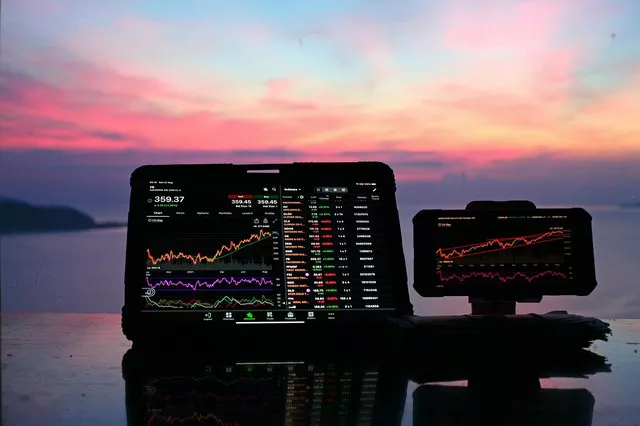When it comes to futures trading, understanding the concept of tick size is crucial. A tick represents the minimum price movement by which the price of a futures contract can change. In this article, we delve into the details of tick sizes in futures trading, exploring their significance, calculation methods, and factors that influence them.
Definition of Tick Size
Tick Size: A tick size refers to the minimum price increment by which the price of a futures contract can change. It represents the smallest unit of price movement.
Value: The value of a tick is determined by the contract specifications set by the exchange on which the futures contract is traded.
Calculation of Tick Size
Point Value: Each futures contract has a specific point value, which represents the monetary value of one tick. The point value is determined by the contract specifications and can vary across different futures contracts.
Tick Size Calculation: The tick size is calculated by dividing the point value by a contract-specific multiplier. This calculation provides the precise tick size for a given futures contract.
Significance of Tick Size
Price Precision: Tick sizes play a vital role in providing price precision in futures trading. They allow traders to monitor and analyze price movements accurately.
Trading Strategies: Tick sizes influence trading strategies by determining the minimum price change required to generate profits or trigger specific trading actions, such as entering or exiting positions.
Risk Management: Tick sizes contribute to effective risk management by helping traders calculate potential gains or losses based on price movements.
Factors Affecting Tick Size
Market Volatility: Higher market volatility often leads to larger tick sizes as it reflects larger price movements and requires a wider tick increment to maintain precision.
Contract Specifications: Each futures contract has its own tick size determined by the exchange. The exchange considers factors such as the underlying asset, market conditions, and historical price movements when setting the tick size.
Regulatory Requirements: Regulatory bodies may impose certain minimum tick sizes to ensure fair trading practices and maintain market integrity.
Tick Size Variations
E-mini and Micro Contracts: Some futures contracts offer smaller tick sizes compared to their standard counterparts. E-mini and micro contracts, for example, often have reduced tick sizes to accommodate smaller trading accounts and provide more flexibility for traders.
Tick Size Changes: Exchanges may occasionally adjust tick sizes based on market conditions or to enhance market efficiency. Traders should stay informed about any changes in tick sizes for the contracts they trade.
Importance of Tick Size Awareness
Trade Execution: Knowledge of tick sizes allows traders to place orders accurately, ensuring that their desired price levels are met and minimizing the risk of unintentional order executions.
Profit and Loss Calculation: Understanding tick sizes is crucial for calculating potential profits and losses. Traders can determine their profit or loss based on the number of ticks the price moves in their favor or against their position.
Risk Management: Tick sizes play a role in setting stop-loss and take-profit levels. Traders can determine the appropriate distance for their stop-loss orders by considering the tick size and their risk tolerance.
Examples of Tick Sizes
Stock Index Futures: Tick sizes for stock index futures, such as the S&P 500 E-mini contract, are typically in decimal form. For example, a tick size of 0.25 means that the price can move in increments of 0.25 points.
Commodity Futures: Commodity futures contracts may have tick sizes expressed in different formats. For instance, crude oil futures may have a tick size of $0.01 per barrel, while gold futures may have a tick size of $0.10 per ounce.
Currency Futures: Currency futures often have tick sizes denoted in decimal places. For example, a tick size of 0.0001 for the EUR/USD currency futures contract means that the price can move in increments of 0.0001.
Tick Size Considerations
Trading Costs: Smaller tick sizes may result in higher trading costs due to the increased frequency of price movements. Traders should be mindful of transaction costs when trading contracts with smaller tick sizes.
Volatility Impact: Larger tick sizes can help manage market volatility, as it prevents excessive price fluctuations caused by minor market noise.
Liquidity Considerations: Tick sizes can impact liquidity, especially in contracts with smaller tick sizes. Traders should assess the liquidity conditions of the market to ensure efficient trade execution.
Conclusion
The tick size in futures trading plays a fundamental role in price precision, trading strategies, and risk management. Traders must understand the tick size specific to each futures contract they trade to make informed decisions and effectively manage their trades. By considering factors such as market volatility, contract specifications, and regulatory requirements, traders can navigate the world of futures trading with confidence, utilizing tick size as a valuable tool in their trading arsenal.

